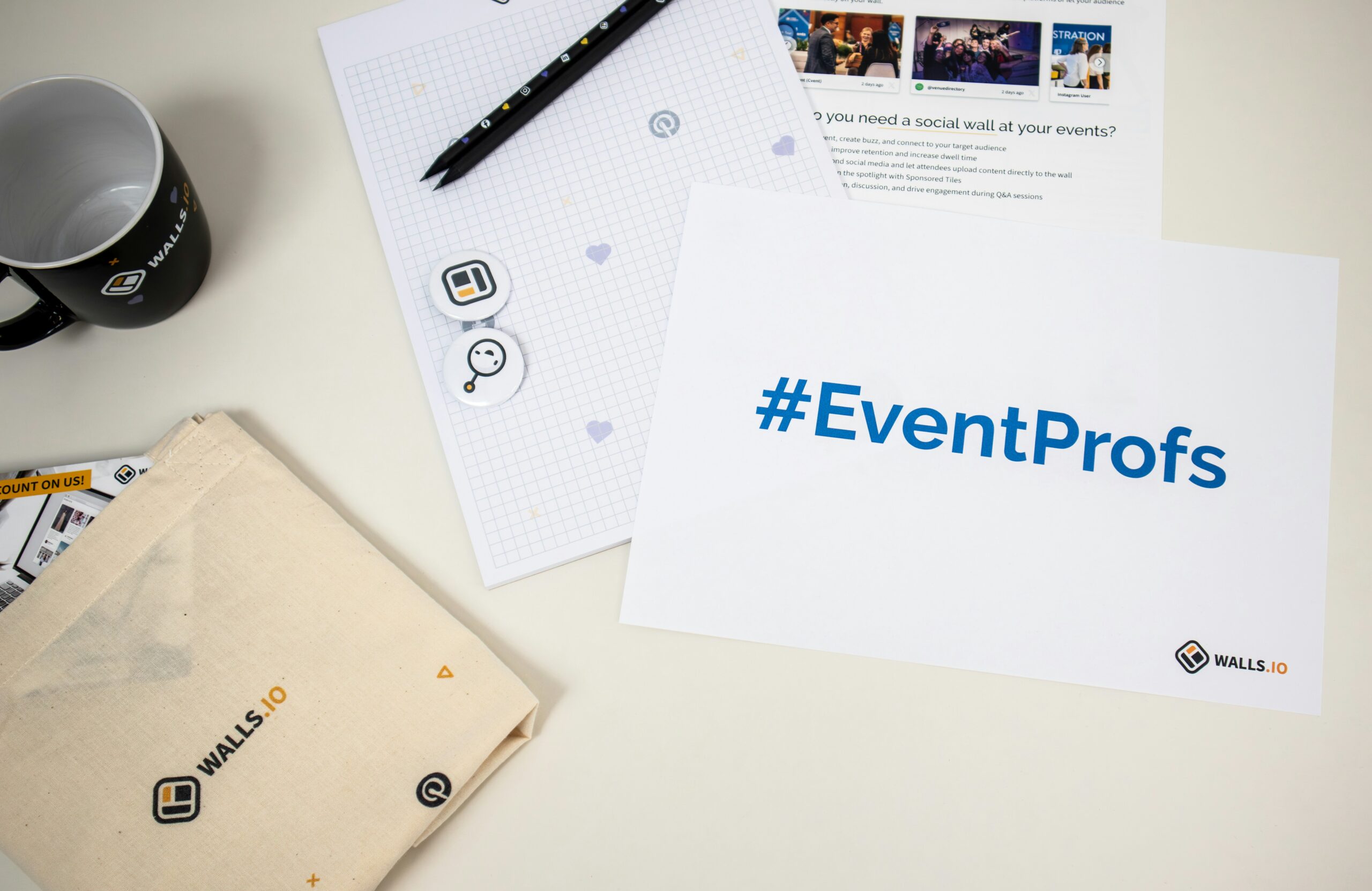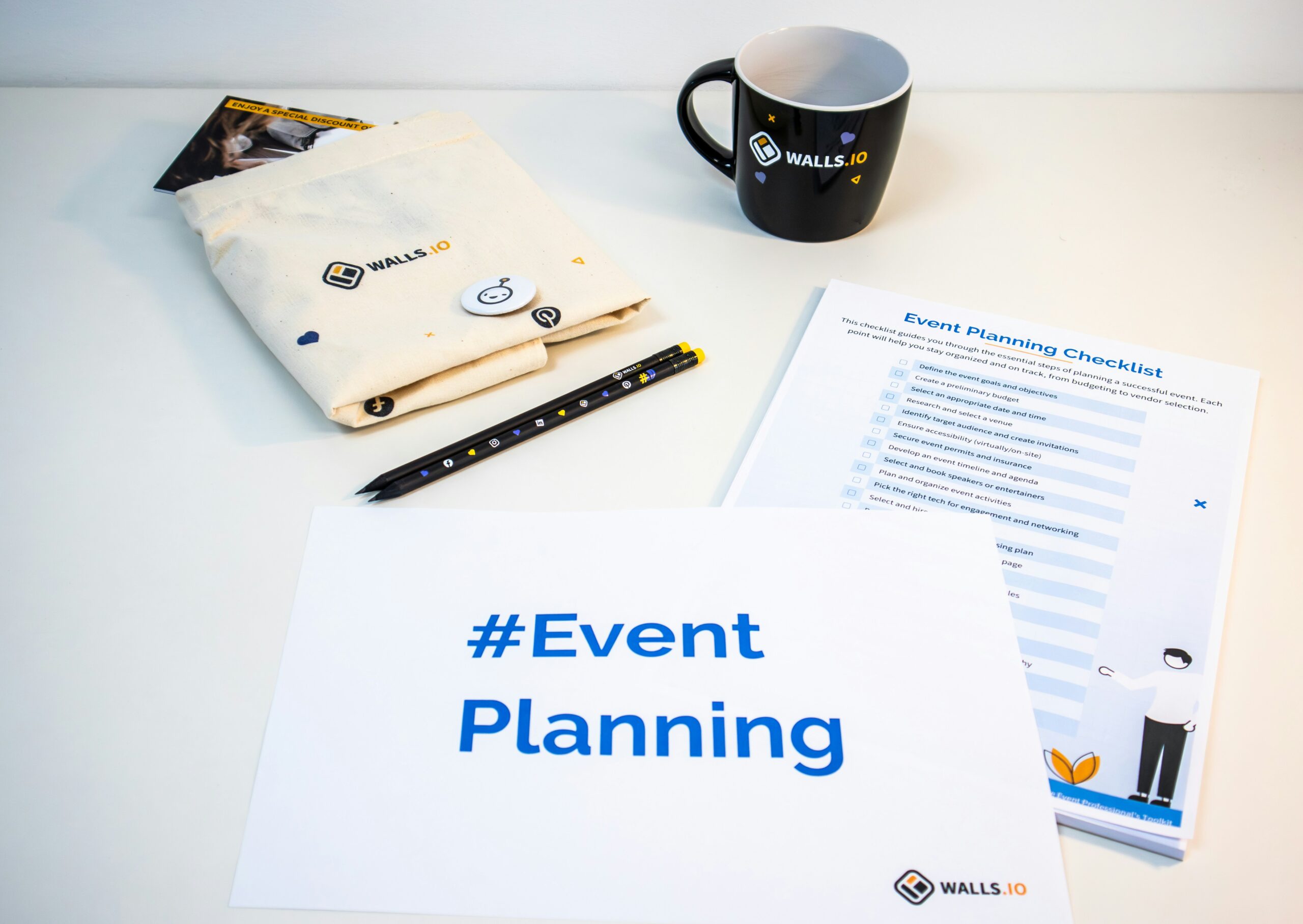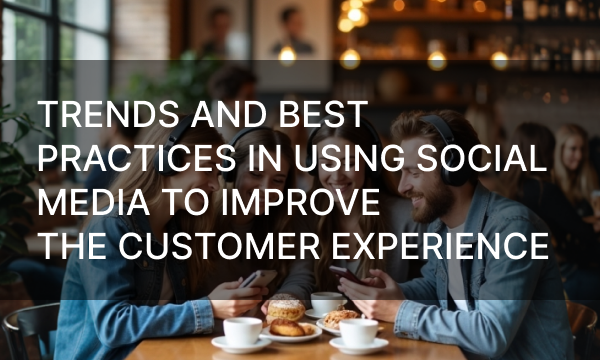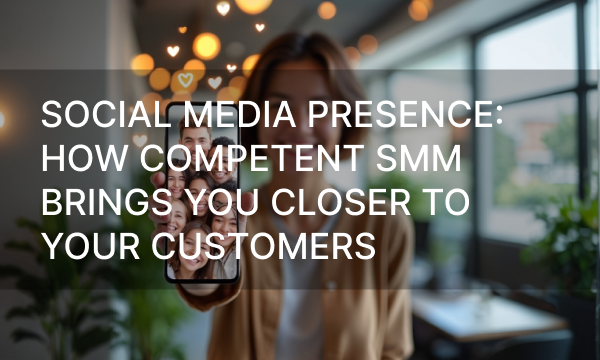Introduction to Paid Search Advertising and Social Media Promotion
Using paid advertising in search and social networks is one of the most effective and fastest methods of promoting business events, significantly increasing attendance and audience engagement. Paid media offers unprecedented speed in reaching the right audience and driving them to action. Promoting events through paid media goes far beyond simply adding a date to a standard ad; success depends on a well-thought-out strategy, careful customization, dedicated budget, and precise audience targeting. This comprehensive strategy, using both paid search and social media ads, is designed specifically to attract attendees and achieve superior results, ensuring your event gets the attention it deserves.
Our comprehensive guide is carefully designed to equip you with the essential skills to master paid advertising on both search engines and social media platforms. You’ll delve into strategic approaches for using Google Ads to capture targeted search queries and master sophisticated targeting techniques across platforms to reach the right demographic. From crafting compelling ad copy and designing high-converting creatives to setting optimal budgets and analyzing performance metrics, this guide provides a step-by-step roadmap to not only fill your event seats but also actively foster pre-event buzz and sustained post-event interaction, ultimately maximizing ROI and transforming your event marketing efforts.
What Types Of Events Can Be Promoted?
Here are some typical examples of business events that can benefit from paid advertising promotion:
- Conferences (virtual or in-person)
- Webinars
- Product launches
- Open houses
- Grand openings
- Sales or seasonal promotions
- Trade show participation or speaking engagements
- Local festivals or community events
- Pet adoption events
- Sports or sponsorship tie-ins
- Class registrations or training signups
This broad category encompasses a wide array of occurrences. Even more local events can benefit from targeted advertising spend. In addition to commercial projects, community initiatives or sporting and sponsorship events also benefit from advertising. Direct response events like class registrations or training sign-ups use paid ads to fill seats and secure participation. As they are time-sensitive by nature and require fast promotion to generate awareness, paid promotion ensures that the right audience is reached precisely when interest and action matter most, ultimately helping to increase turnout and achieve specific event goals.
Considerations Before Campaign Setup
Use A Stand-Alone Campaign
Each event should have its own campaign to provide more control over:
- Budget
- Targeting
- Messaging
- Conversion tracking
This strategic approach enables hyper-specific targeting, as each event is focused on a specific segment of your audience, and a separate campaign allows you to create customized audience profiles that directly resonate with potential attendees. Messaging can be fine-tuned to highlight the unique value proposition, agenda, and speakers relevant to a specific event, while avoiding cookie-cutter communications. Custom campaigns provide clear, isolated conversion tracking: you can accurately attribute registrations, ticket sales, or subscriptions directly to a specific event campaign, providing invaluable data on its individual performance. Trying to integrate event promotion into broader, ongoing marketing campaigns reduces their effectiveness. By breaking campaigns down into distinct categories, you ensure that ROI and effectiveness of each event is measured, allowing you to optimize future initiatives based on data.
Budget Separately
Maintaining targeted funding for key initiatives is critical to maintaining their momentum. A separate budget acts as a precaution, ensuring that your core campaigns, which require consistent, long-term investment, are not undermined or derailed by sudden, urgent needs. This strategic separation also allows for flexibility in exploiting emerging opportunities. Even relatively small, targeted spends strategically targeted to audiences that show high intent to purchase or respond to a sense of urgency can yield disproportionately large returns. This targeted approach shows how precise investments can deliver extremely high ROI, converting immediate interest into tangible results.
Incorporate Into Your Ad Copy
To maximize the performance of your event marketing, strategically embed important information directly into your ad copy, especially in the headlines and descriptions of responsive search ads. For non-negotiable information like dates, times, or unique value propositions, leverage the pinning feature to lock these critical details into place, ensuring consistent visibility across various ad variations. If an event requires a very specific narrative or unique brand message, opt for a higher level of control by developing entirely new, customized advertising carefully crafted around the event’s core message. For sales-focused events that include discounts or a cash offer, communicate these incentives effectively using Google Ads ad assets designed to effectively highlight these offers.
4 Tips To Create High-Performing Event Campaigns
Once you’ve created a new campaign for your event and allocated your budget, there are a few more factors to consider when promoting your events.
Tip 1: Get Straight To The Point
When advertising an event, it is important to provide clear information in advance:
- Event name
- Date and time
- Location (or virtual link)
- A CTA like “Register” or “Sign Up”
To maximize conversions and encourage immediate action, your ad copy should be clear and create a sense of urgency. Use straightforward headlines that eliminate ambiguity and leave no room for interpretation. If you offer enticing incentives, such as discounts or early bird prices, clearly communicate these offers in both your listing title and description so prospects instantly understand the value of the offer. To further amplify urgency, strategically test the implementation of countdown timers within your ad copy, signaling a limited-time opportunity. Combining these tactics ensures that your message is clear, compelling, and timely, motivating users to act now rather than later.
Tip 2: Be Strategic About Timing
The timeline for event promotion is mission-critical, directly influencing an event’s success and outreach. The optimal promotional window varies depending on the event’s nature; while a flash sale or immediate announcement might only require a few days of intensive promotion, major conferences, festivals, or long-term campaigns often demand weeks or even months of strategic preparation and sustained advertising efforts. Beyond the overarching promotional strategy, it’s equally important to confirm the scheduling limits of your chosen ad platforms.
For example, Google Ads campaigns end precisely at 11:59 PM local time for the advertiser. This important detail requires careful planning to ensure that the ads run for the entire scheduled time or stop running exactly when needed. In contrast, some other advertising platforms offer greater granularity, allowing advertisers to specify an exact end time down to the minute, often utilizing a 24-hour format, which provides more precise control over campaign delivery. Understanding these technical nuances alongside your event’s strategic timeline is vital for maximizing visibility and achieving promotional objectives.
Plan around three phases:
- Pre-event hype: Build interest and drive signups
- During the event: Push for last-minute attendance or livestream engagement
- Post-event: Retarget attendees for future events or promote replays
Tip 3: Location Targeting
Geotargeting is largely determined by the actual physical location of the event, but there are some specifics to consider. Depending on the density of the customer base, geotargeting varies for each advertiser.
Match the event’s scale to your location settings:
- Local: Use radius or city-level targeting around the physical location
- Regional: Layer metro areas or ZIP codes with high interest
- National or online: Prioritize geos with the highest engagement or ROI historically
With national targeting, you might prioritize budget allocation in favor of major metropolitan areas. Another approach might be to analyze customer purchase data for trends in revenue or ROI by location.
Tip 4. Use Targeting Unique To The Event
Your existing keyword list or audience segments may not be relevant to the event, so build your targeting around:
- Specific event names or branded keywords
- Related topics or products featured at the event
- Competitor brands or category searches
- The interests of the audience that your event reflects
- Use customer lists on your ad platform to reach similar audiences
How To Leverage Events Even If You Are Not Participating In Them
You don’t have to be a direct participant in an event to benefit greatly from the increased advertising traffic associated with it. You can also benefit from events that are indirectly related to your core services or products, using increased audience interest and activity to increase your reach. For example, provide information about a local trade show in your area. Though you are not participating in the event, you can strategically run targeted advertising campaigns that target attendees who are actively searching for event-related services during the trade show.
By understanding the mindset of the audience for such events, you can create parallel campaigns with relevant offers or content that directly address your potential needs or interests at the moment, effectively attracting valuable leads from an already engaged demographic. This proactive approach allows you to reach relevant audiences, maximizing their reach and conversion potential without the additional cost of directly attending the event.
This strategy works for:
- Industry conferences
- Seasonal community events
- Awareness days or promotional months
Conclusion
When it comes to increasing event visibility, driving attendance, and fostering genuine audience engagement, paid search and social media advertising is not just an option, but an essential cornerstone of any successful advertising strategy. They provide unrivaled targeting accuracy, allowing you to reach potential participants based on demographics, interests, behavior, and even their active search intent, ensuring your message resonates with the most relevant audience. While search ads reach interested users who are actively searching for events like yours, social media ads excel at discovery, generating buzz, and facilitating direct engagement, turning passive viewers into excited participants.
The true power lies in the iterative nature of these campaigns; by ongoing monitoring performance metrics, A/B testing creatives, and refining audience segments, you can optimize your spend for maximum ROI. Ultimately, integrating paid ads isn’t just about filling seats for a single event; it’s about building a sustainable, highly engaged community around your brand or cause, ensuring your events consistently attract, captivate, and grow their loyal following over time.
Event campaigns deserve far more than being relegated to a last-minute thought or a generic ad slot. By adopting a strategic, proactive approach, they transform into powerful engines for building robust brand awareness, generating vital leads, and crafting truly lasting impressions. This begins with setting up a dedicated campaign, ensuring clear and timely messaging reaches the right audience through specific targeting.
Even if you’re not the primary organizer, you still have plenty of opportunities to strategically show up and get noticed, using the momentum of the event to gain exposure. It’s about making your event truly visible. If you market your event professionally, especially through smart use of paid media, the tangible results – from increased engagement to measurable ROI – will speak for themselves.





